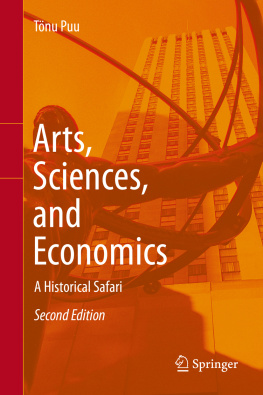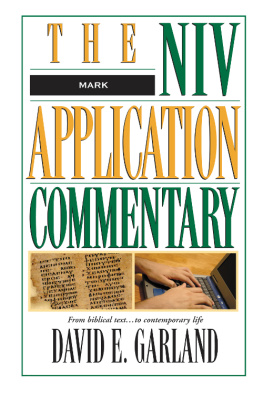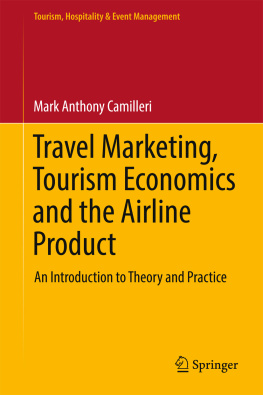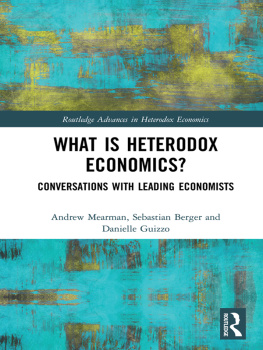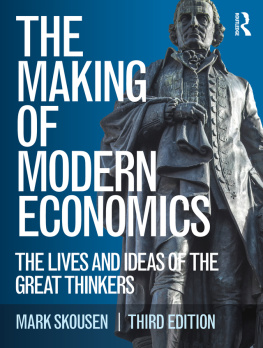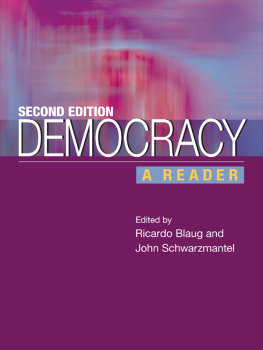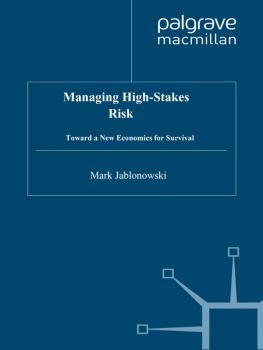The Economics of the Arts
The economics of the Arts is a new field with a small but rapidly-growing literature, which has emerged in recent years out of the eagerness of economists to apply their techniques to hitherto untried areas and the recognition by Arts administrators of the rapidly increasing economic pressures on the Arts. This book of readings is the first of its kind. Of the 16 articles, 8 are directly concerned with the Arts in America; the other 8 deal with the British scene. What can economics say about so non-economic a subject as the Arts? Obviously, finance for the Arts involves economic considerations. But in addition, economics provides, among other things, a logic of rational choice, and the economists' style of thinking, therefore, is adaptable to any problem of choice in respect of any set of goals, whether they be economic goals or not. Then, there is the question of whether economics can provide a case for public support for the Arts, that is, whether the State should subsidize the Arts. This is a familiar problem in the economics of welfare but its application to the Arts raises novel questions and even economists are not agreed on whether economics can provide such a rationale. Also, there is the question of criteria for public expenditure on the Arts, assuming that the case for some public expenditure has been made. Can economists tell us how much the State should spend on the Arts? Surely, they can help us with a host of other questions: should museums and galleries charge fees; should museums ever sell off parts of their collections; can the Arts economize on their expenditures; how can modern music be most effectively encouraged by public funds; are ticket prices an important element in the demand for the Arts; and does the low pay of artists discourage individuals from taking up artistic occupations?
Mark Blaug is Professor and Head of the Research Unit in the Economics of Education at the University of London and also teaches at the London School of Economics. He has taught at various American universities and is the author of four books.
The Economics of the Arts
edited by
Mark Blaug
Professor of the Economics of Education, University of London Institute of Education and London School of Economics
First published 1976 by Westview Press
Published 2019 by Routledge
52 Vanderbilt Avenue, New York, NY 10017
2 Park Square, Milton Park, Abingdon, Oxon OX14 4RN
Routledge is an imprint of the Taylor & Francis Group, an informa business
of this selection and Introduction Mark Blaug 1976
All rights reserved. No part of this book may be reprinted or reproduced or utilised in any form or by any electronic, mechanical, or other means, now known or hereafter invented, including photocopying and recording, or in any information storage or retrieval system, without permission in writing from the publishers.
Notice:
Product or corporate names may be trademarks or registered trademarks, and are used only for identification and explanation without intent to infringe.
Library of Congress Cataloging in Publication Data
The Economics of the arts.
Includes bibliographical references.
1. Arts United States Finance 2. Arts
Great Britain Finance I. Blaug, Mark.
NX705.5.U6E27 338.4'7'7 765889
ISBN 13: 978-0-367-29160-0 (hbk)
Contents
by W. J. Baumol
by M. Blaug
by T. Moore
by W. J. Baumol and W. G. Bowen
by T. Scitovsky
by A. T. Peacock
by A. T. Peacock and C. Godfrey
by K. King and M. Blaug
by R. Findlater with A Reply (1973) by K. King and M. Blaug
by M. Blaug
by W. J. Baumol and W. G. Bowen
by L. Robbins
by A. T. Peacock and C. Godfrey
by J. M. Montias
by W. J. Baumol and W. G. Bowen
by T. Moore
by F. P. Santos
by R. Weiss
Guide
Acknowledgements
We wish to thank the following publishers and authors for permission to reprint their works: American Economic Review, Cambridge University Press, Duke University Press, Encounter, Lloyds Bank Review, Manchester School of Economics and Social Studies, Museum News, Review of Economics and Statistics, Social Trends, The Three Banks Review and Twentieth Century Fund; W. J. Baumol, M. Blaug, W. G. Bowen, R. Findlater, C. Godfrey, K. King, J. M. Montias, T. Moore, A. T. Peacock, L. Robbins, T. Scitovsky and R. Weiss.
by W. J. BAUMOL
Professor of Economics, New York University
In the past few years the economic pressures besetting live performance have grown dramatically in large part for reasons discussed in various papers in this collection, in part for reasons that were not anticipated. In this preface I will attempt to review some pertinent developments in recent years, and to discuss some of the reasons that led matters to develop as they did.
Some years ago William Bowen arid I revalidated our credentials as dismal scientists by predicting that the live performing arts along with education and a variety of public services would experience a pattern of rising costs that would steadily and cumulatively outstrip the rate of inflation characterizing the remainder of the economy. That is, we argued that the costs of such activities would outstrip cumulatively the costs of other things to which the economy may choose to devote its resources. There is no point in recapitulating our reasons for this conclusion which are described in some detail in the excerpts from our writings in this volume.
We were at that time a bit (but only a bit) more optimistic about the other side of the matter the prospective generosity of donors and their willingness to cover the gap between expenditures and earned incomes. Particularly in the United States, governments had at that time barely begun to contribute to the support of the arts, and while we offered no political forecasts, there seemed to be grounds for hope for some significant contributions from this quarter.
As it happens, both these views turned out to be more or less in agreement with subsequent events at least for a time. Costs did continue to rise, and if they rose even more quickly than some of our extrapolations had suggested this is I believe mostly a manifestation of our cowardice in not following the analysis all the way in the direction it pointed. We felt at the time that our projections had been biased to err on the conservative side, but doubts that even those figures would be considered credible held us in check.
The rise in funding by the public sector on the other hand, was far greater than anything we had anticipated. The budget of the New York State arts council expanded from $1,504,477 in 196667 to $35,702,900 in 197576, while the National Endowment on the Arts and Humanities, which had just been established as we were writing, grew from an initial expenditure on the arts of $2,534,308 in 1966 to an outlay of $74,750,000 in 1975. Meanwhile support by private individual donors did not slacken in response to these new sources of funds, and the private foundations also continued their support.
All this has changed dramatically in the last two or three years, for reasons which are worth examining before turning to a somewhat more systematic review of recent developments.







